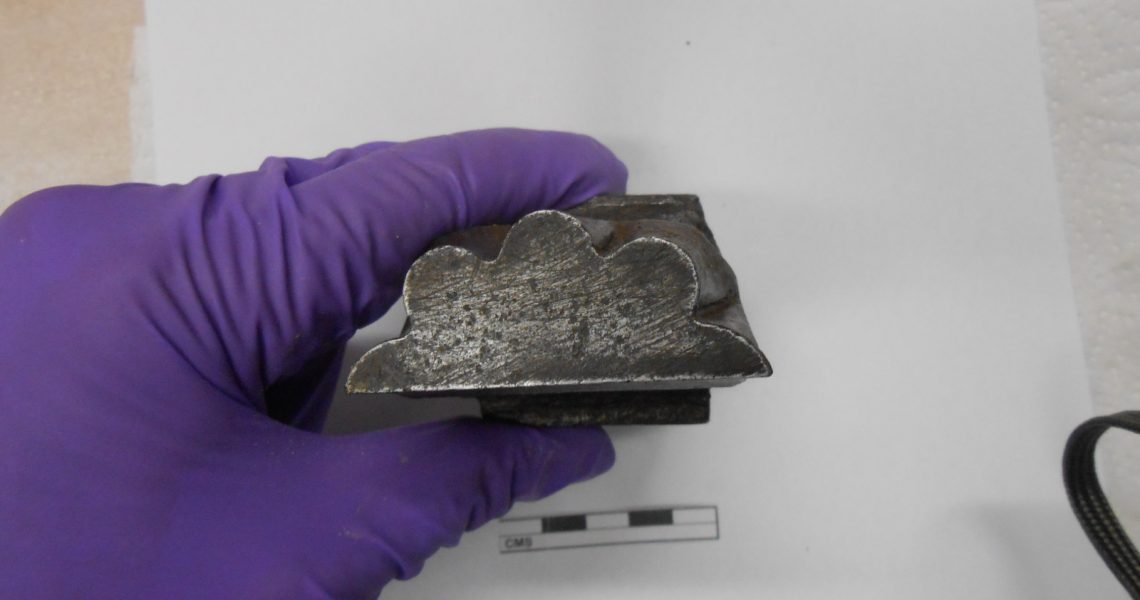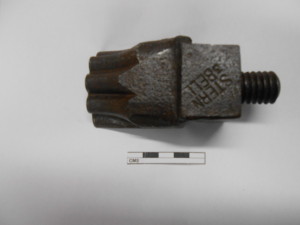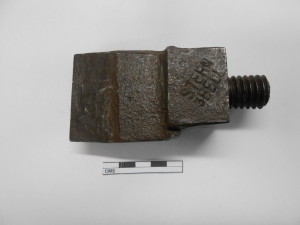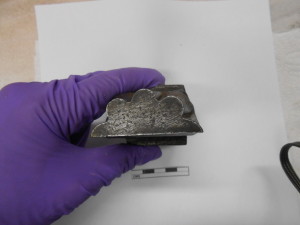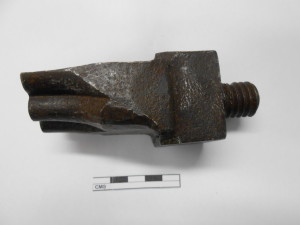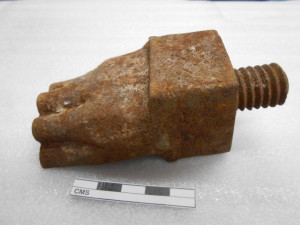
Who’d have thought a training course on cleaning could be so much fun and fascinating at the same time. Not to mention hard work and a brain challenge. I signed up at Coffin Works to find out how to clean museum objects with Deborah, the freelance conservator. Owen was on the course too, which meant some good conversation, laughs and probably more knowledge than I would have. We were working down in the old barrelling shop, hopefully we weren’t going to be cleaning the barrels themselves. I had to leave at pm to go to Villa Park…. so there was a slight air of excitement in the room.
After a detailed risk assessment session, we started by observing our objects and describing them in detail. Every word matters and no assumption or vaguerie will do. Colours need to be accurately represented and a clear picture has to be drawn but in words, with the occasional photo allowed. The object has to be described, then the condition of the object. Corrosion? Sure? There appears to be corrosion…. Silver flecks? Are they silver? Silver coloured flecks….
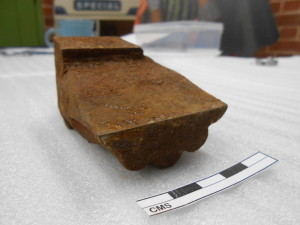
Descriptions completed, we start to clean.
Gentle brushing with a soft brush, gentle circular brushing with a toothbrush, slightly harder cleaning with fine wire wool. Differences appear slowly. Words appear, possibly the manufacturer’s details. More pressure, harsher wire wool, more elbow grease. Shiny patches start to appear, encouraging us to work harder. Eventually we have cleaned away most of the corrosion and particles, so it’s time for some white spirit solution and cotton wool. This has to be done very carefully, using the solution sparingly. This really shows how much progress has been made. We can see the object much more clearly now, we can read the manufacturer’s name and really see how it would have looked when in use by the drop stampers in the factory’s heyday.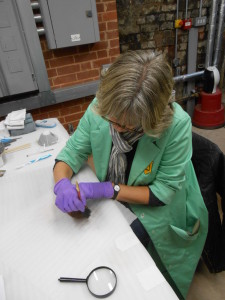
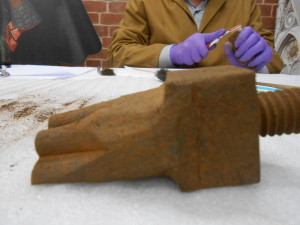
More polishing, more gentle brushing, more close examination of any remaining particles then onto the hot waxing. Wax is applied carefully and then it’s hairdryer time. After the beauty salon treatment, it’s on with the soft polishing cloth and maximum elbow grease. Repeat this and then you have it. The difference is just stunning and not a spray of detergent in sight. (Though Owen can be easily described as Mr Muscle after these efforts) Thanks to Deborah’s excellent teaching and extremely high standards, we have both succeeded in showing the beauty and simplicity of the drop stamps. I’m surprised at just how satisfying both the process and outcomes are. It’s like that feeling when the sun shines through your newly cleaned windows onto your newly dusted bookshelf and all seems right with the world, because of your physical efforts and sheer hard work.
All that remains is to describe the cleaning processes and the state of the cleaned object in the same meticulous detail as earlier and then we are done. Deborah the conservator is impressed. Sarah the curator is impressed. Owen and I are both feeling pleased with ourselves and a real sense of achievement is in the air. Bring out your corroded objects! We are ready.
Mary McHenry, Volunteer
